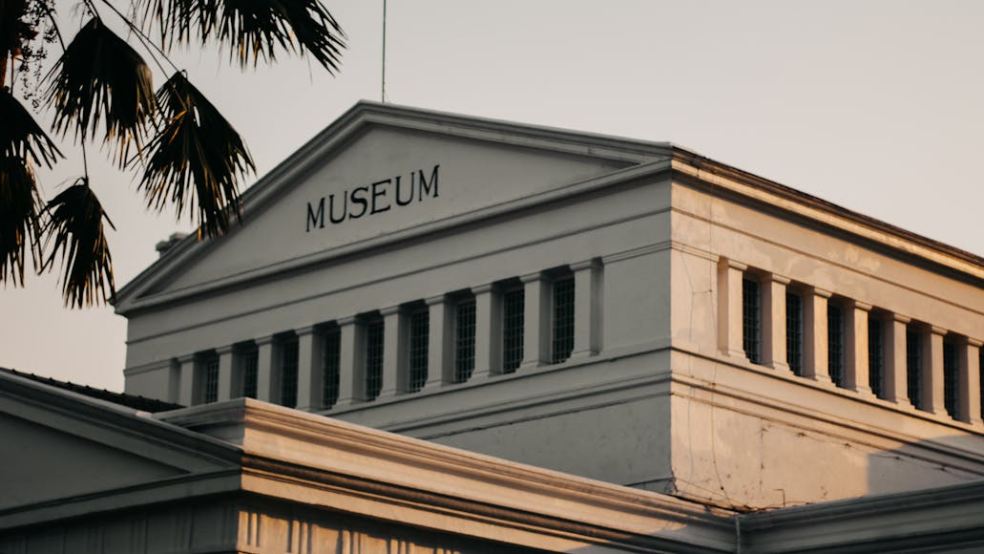
Teignmouth & Shaldon Museum Now Offers A Virtual Reality Experience
A new virtual reality (VR) experience, which is now a permanent part of the Sea Gallery at the Teignmouth & Shaldon Museum, is attracting hundreds of people per week. In 1917, the German submarine offensive was in full swing, with the new exhibit designed to showcase just how powerful an invention it was.
Here, we look at the rise in popularity of VR experiences such as this.
VR is Bringing New Experiences to Life
As time goes on, we’re seeing a huge rise in the number of virtual experiences being offered around the world. The British Museum, for example, has also adopted a virtual walkthrough of its most popular exhibits, which has been a huge hit with attendees. In other sectors, like music, VR is also becoming more prominent. For example, Finnish symphonic metal band Nightwish also launched a concert which took place in a virtual world, based on their catalogue of songs.
In addition, virtual reality is transforming traditional gaming experiences, especially within the casino sector. Many virtual online roulette games now have digital backgrounds that reflect the design and layout of a traditional casino. By moving to a digital space such as this, it becomes possible to add new game types and formats, including 100/1 roulette and themed variants, like Age of the Gods roulette. These wouldn’t have been possible in a traditional setting, but by moving online and adopting a virtual format, it becomes possible to push the boundaries.
An Immersive New Experience in Devon
The VR experience at the Teignmouth & Shaldon Museum allows users to take on the role of navigating a kite-balloon observer in 1917. The basket is attached to a ship that is hunting for U-boats, alongside the Devon coast. Simulated educational videos like this help to show what an important role coastal defences played in the First World War, as they helped to protect incoming British ships. They also helped to protect fishing vessels from submarine attacks, which were prominent on the southern coast. As the exhibit uses a VR headset, you can view the whole coastline from an aerial view, as people would have seen it at the time. You can also experience the sound and the atmosphere of the time, with the footage created based on real accounts.
It doesn’t matter whether you are a history buff, or whether you are simply curious about life during the First World War and what it was like for people who lived and worked in the area of Devon, because experiences like this are not to be missed. Alongside the VR exhibit, there are also a lot of collections and interactive displays. You can expect to see maritime artefacts as well as several ship models. Some navigational instruments and items have come from the Church Rocks Wreck. This is a Venetian vessel from the 16th century that was discovered nearby but has since had some elements recovered.
The VR experience is now a permanent part of the museum and has helped to attract a lot of footfall to the area, while boosting local tourism opportunities for Devon as a whole.












